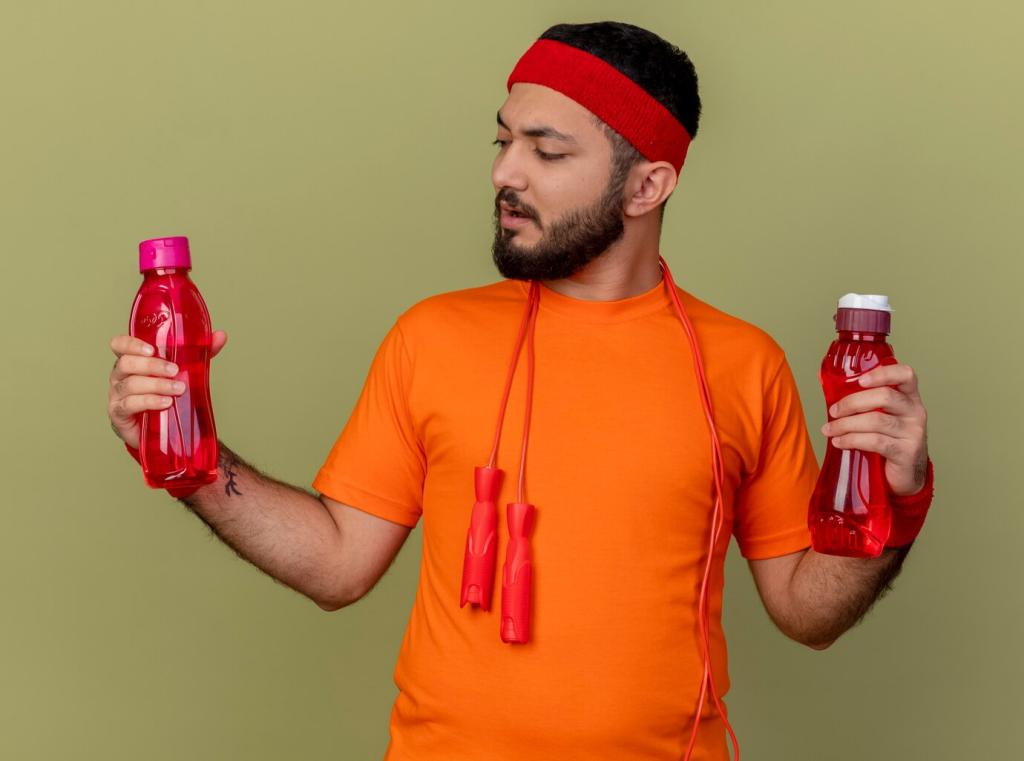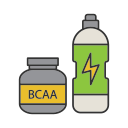Fuel Your Training: Meal Prepping Tips for Optimal Athletic Performance
Chosen theme: Meal Prepping Tips for Optimal Athletic Performance. Welcome to a friendly, practical guide that turns your kitchen into a performance lab, helping you eat with intention, recover faster, and train with confidence. Subscribe and join the conversation—your best sessions start on your prep day.


Build Your Performance Plate
For endurance, aim 50–65% carbohydrates, 1.6–2.2 g protein per kilogram, and 20–30% fats; for strength, slightly lower carbs and steady protein. Adjust portions across training phases, emphasizing higher carbs on key sessions and tapering for recovery days.
Build Your Performance Plate
Prioritize complex carbs like oats, rice, quinoa, and potatoes for meals two to three hours pre-session. Use quicker carbs like fruit or rice cakes within sixty minutes. After workouts, mix starches and fruit to replenish glycogen fast without overwhelming your stomach.
Batch Cooking That Fits Your Training Week
Schedule your biggest cook on a recovery or light day, then match portions to upcoming sessions. Prep higher-carb lunches for high-intensity days and balanced, fiber-forward dinners for easy days to keep digestion smooth and sleep deeper.
Batch Cooking That Fits Your Training Week
Grill chicken thighs, tofu slabs, or salmon fillets with a neutral base seasoning. On day one, serve with lemon-herb couscous; day two, toss into a teriyaki stir-fry; day three, shred into tacos with crunchy slaw for effortless variety.


Pre-, Intra-, and Post-Workout Fuel Boxes
Pack oatmeal with banana slices, yogurt, and a drizzle of honey two hours before training. If closer to go-time, choose rice cakes with jam and a little nut butter. Keep fiber moderate and add a pinch of salt for better fluid retention.
Pre-, Intra-, and Post-Workout Fuel Boxes
Target thirty to sixty grams of carbs per hour, up to ninety if you tolerate mixed glucose and fructose. Try homemade rice balls, dates with a tiny salt pouch, or diluted juice. Pair with electrolytes delivering roughly three hundred to seven hundred milligrams sodium per liter.
Pre-, Intra-, and Post-Workout Fuel Boxes
Hit one to 1.2 grams of carbs per kilogram within two hours, plus twenty to forty grams of protein. Combine seasoned rice, grilled protein, and colorful produce. Add tart cherry or blueberries to support recovery without overloading fiber immediately after training.
Use citrus, yogurt, or vinegar bases to tenderize and brighten proteins in under sixty minutes. Garlic, ginger, and herbs add depth and can support anti-inflammatory goals. Keep a neutral master marinade, then finish with distinct sauces after reheating.

Food Safety and Freshness for Athletes
Cool fast, store cold, label clearly
Follow the two-hour rule from oven to fridge, using shallow containers for rapid cooling. Keep your refrigerator at or below 40°F or 4°C. Label with cook dates and planned use days to rotate safely without guesswork or waste.
Reheat right for quality and safety
Reheat to at least 165°F or 74°C. Add a splash of broth to grains and proteins to prevent dryness. Air fry roasted vegetables briefly to restore crisp edges, and avoid reheating delicate greens; stir them in fresh instead.
Travel-safe packing for busy days
Use insulated bags with ice packs for up to four hours of safe carrying. Pack leak-proof containers, separate sauces, and include disinfecting wipes. Keep a backup shelf-stable snack kit so missed meals never derail your training block.


This is the heading
Lorem ipsum dolor sit amet, consectetur adipiscing elit. Ut elit tellus, luctus nec ullamcorper mattis, pulvinar dapibus leo.

This is the heading
Lorem ipsum dolor sit amet, consectetur adipiscing elit. Ut elit tellus, luctus nec ullamcorper mattis, pulvinar dapibus leo.
Anecdote: The Sunday Prep That Saved Race Day
The near-miss that taught a lesson
On a humid 10K morning, the food vendors opened late and lines crawled. Because of prepped rice bowls and electrolyte bottles, breakfast stayed on schedule, nerves stayed calm, and the warm-up felt smooth instead of frantic and hungry.
Consistency beats last-minute hustling
That familiar rice, grilled chicken, and fruit combo meant no stomach surprises. The second lap pace held steady, and recovery began earlier thanks to the ready post-race box. Routine removed doubt, leaving more focus for pacing and tactics.
Your turn to inspire the team
What is the one prep habit that changes your training week every time? Share it in the comments, subscribe for more athlete-tested ideas, and tag a training partner who should join our meal-prep challenge this month.
